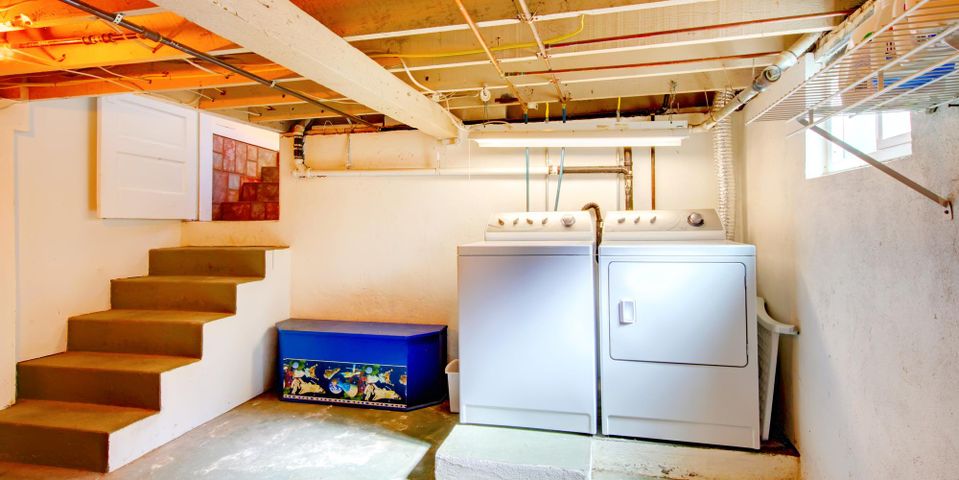
Basement flooding can cause major property damage and mold. If this is a problem you’re familiar with, installing a sump pump could help you avoid it in the future. Below is a guide to help you understand how this device works so you can determine whether it’s right for your house.
How Do Sump Pumps Work?
They’re typically located in the lowest portion of the home to prevent floods from storms, heavy rainfall, and other inclement weather. If the water underground reaches a certain level, the sump pump activates to push it out of the pit and away from the house.
The pump is triggered by this water sensor, so it only operates when you need it to. The device also has a fan-like motor that pushes water through the discharge pipe. This pipe moves the water from the basement to a safe drainage area outside.
While the sump pump runs on electricity, you can purchase a backup battery to use the device in case the power goes out during an emergency.
How Do I Know if I Need One?
 More than 60% of American homes are impacted by below-ground wetness. If storms result in damp air and moisture on the walls or floor of your basement, this device will benefit you.
More than 60% of American homes are impacted by below-ground wetness. If storms result in damp air and moisture on the walls or floor of your basement, this device will benefit you.
Since Minnesota faces extreme weather and many inches of snow in the winter, installing this device could also save you from water damage during thawing periods.
If you want to install a sump pump in your basement, call the trusted professionals at Norblam Plumbing in St. Paul, MN, for reliable installation service. Operating since 1923, they’ve offered superior plumbing services to families in the Twin Cities. They also perform sump pump repairs to help you maintain the device. Call (612) 827-4033 to schedule an appointment, or visit their website to learn more about sump pumps.
About the Business
Have a question? Ask the experts!
Send your question

